Life is good for spring-run salmon in the San Joaquin River. As Friant Dam in Fresno County dumps excess water into the river, salmon are going to be able to traverse the entire waterway, a rare occurrence because of dams, drought and other obstructions that have hindered the natural path of the fish.
The excess water from the 12 atmospheric rivers that have slammed California, is offering a good opportunity for the San Joaquin River Restoration Program to collect data and study the effects of high flows, said Don Portz, manager of the restoration program.
“These are the years that really boost populations normally, and we’re counting on years like this to create habitat and push the fish out into the delta and into the ocean, ” said Portz. “This is a blessing for us right now.” 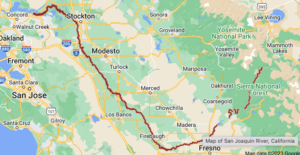
The restoration program is a nearly one billion dollar endeavor to restore spring-run Chinook salmon to the river which went extinct there after Friant Dam and other obstructions were built.
The 366-mile-long San Joaquin River starts high in the Sierra Nevada mountains east of Fresno. It travels north through the valley to the Sacramento-San Joaquin Delta and, ultimately, flows into the San Francisco Bay. Historically, the river was home to many runs of salmon, including spring-run Chinook which made up a significant portion of California’s commercial fishing industry.
In the 1940s, the Friant Dam was built by the federal Bureau of Reclamation above Fresno and most of the river’s water was routed south to farms and towns all the way to Arvin via the Friant-Kern Canal. The river was dried up for more than 60 miles until its confluence with the Merced River.
In 1988, the Natural Resources Defense Council, along with other environmental groups, sued the federal government to restore the river and the salmon populations. After 18 years, the case was settled in 2006. That led to creation of the Bureau’s Restoration Program, tasked with restoring salmon populations.
The program was able to reconnect the river for the first time in 2016 but progress has been slowed by recurring drought and unanticipated costs due to water seepage damage to farmland adjacent to the river.
But this year is the highest flow restoration program staff have seen since the program began.
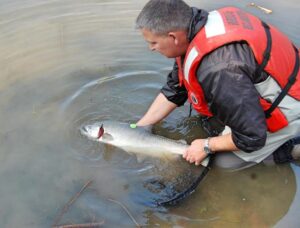 None of the water coming down the San Joaquin is program water, it’s all flood flows. On Wednesday, flows coming out of Friant Dam were upped to 8,800 cubic feet per second. The program’s full flow amount when water is available is 4,500 cfs.
None of the water coming down the San Joaquin is program water, it’s all flood flows. On Wednesday, flows coming out of Friant Dam were upped to 8,800 cubic feet per second. The program’s full flow amount when water is available is 4,500 cfs.
Salmon that went out to the ocean two or three years ago will be coming back up the San Joaquin at the end of the month, said Portz. And because of all the water in the system, they’ll be able to swim up on their own over and around all the impasses.
Program staff won’t be able to catch any returning fish to get an idea of the numbers because the amount of water in the river is too dangerous, added Portz. They won’t know until fall how many fish have made it up the river.
At the same time, juvenile salmon are heading to the delta.
“There is no better condition than flood flows for those juveniles to make it out to the ocean,” said Portz.
Juveniles will be preyed on less in these conditions because they’re able to camouflage better in the murky, high flows. And there will be plenty of food for them because of the flows too.
But regardless of the conditions, Portz doesn’t know if there will be a lot of returning salmon this year. The fish that are coming back went out to the ocean during the drought that choked the valley’s rivers and watersheds for the last three years. Because the conditions were so dire when those fish went out to sea, many might not have made it.
Still, there were about 200,000 hatchery fish released during that time, so it could be promising, said Portz. But with no eyes on the fish, program staff won’t know what the return was like until they see how many salmon nests, or redds, there are in the fall.
For the fish that do come back, they’ll likely use the flood bypass which is the most direct and easy route to Friant Dam, said Portz.
“We all hope for those better returns,” said Portz.
Share this:
- Click to share on Facebook (Opens in new window)
- Click to share on Twitter (Opens in new window)
- Click to share on LinkedIn (Opens in new window)
- Click to share on Reddit (Opens in new window)
- Click to share on Tumblr (Opens in new window)
- Click to share on Pinterest (Opens in new window)
- Click to share on Pocket (Opens in new window)
- Click to share on Telegram (Opens in new window)
- Click to share on WhatsApp (Opens in new window)
- Click to print (Opens in new window)

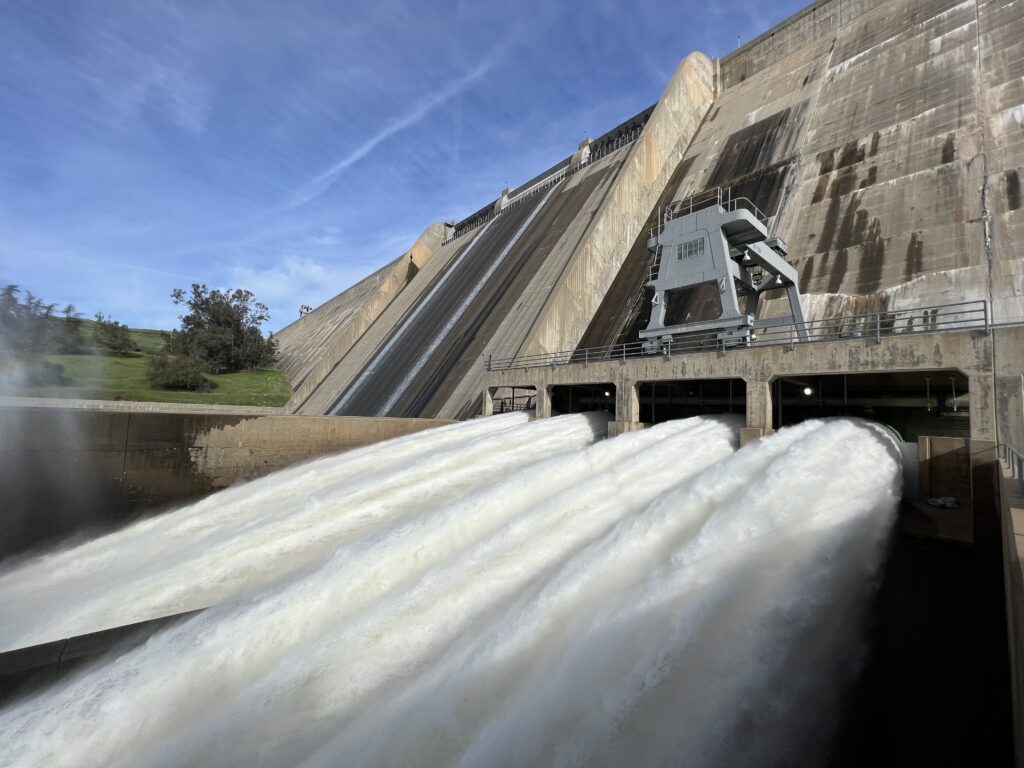



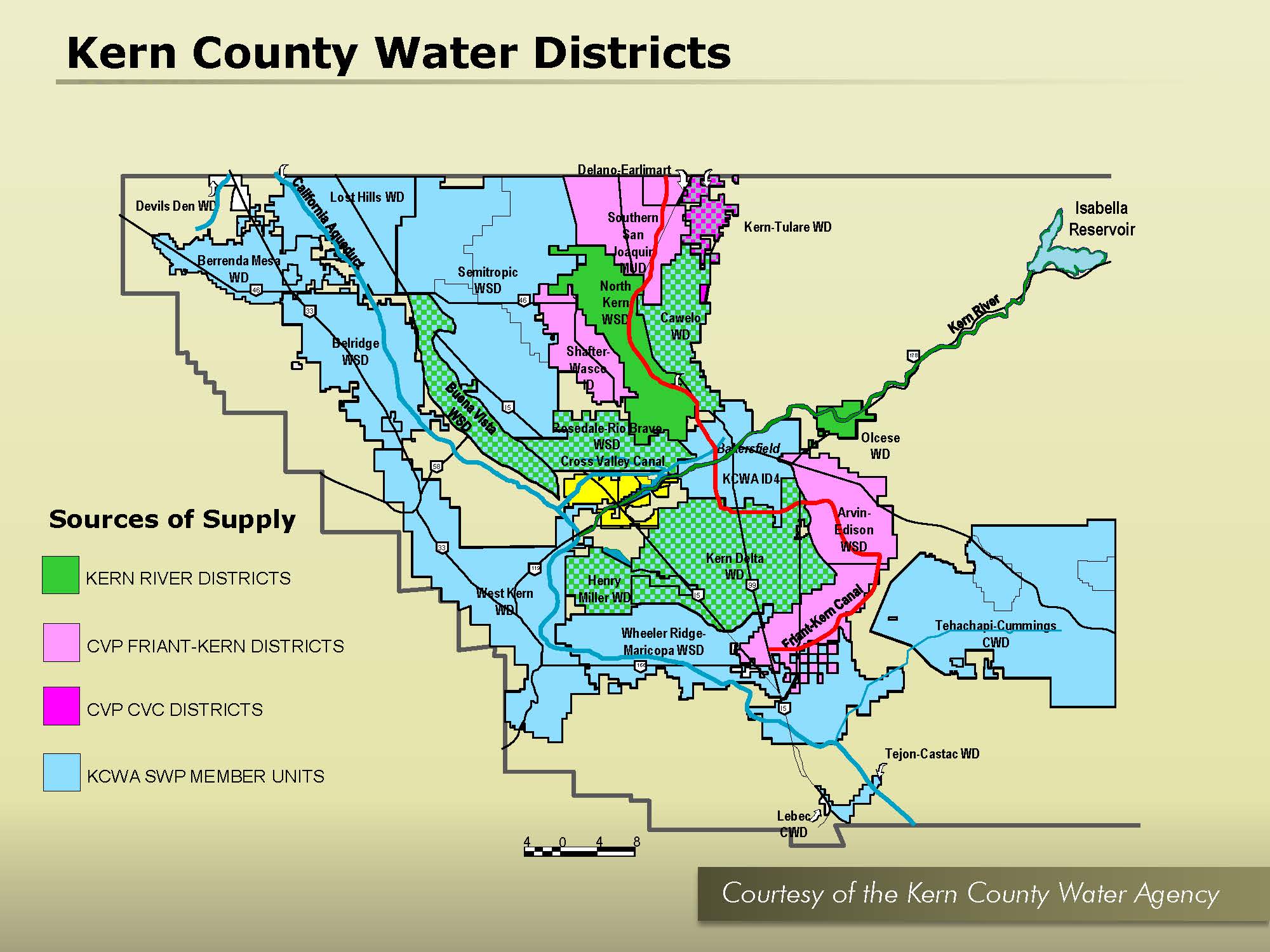
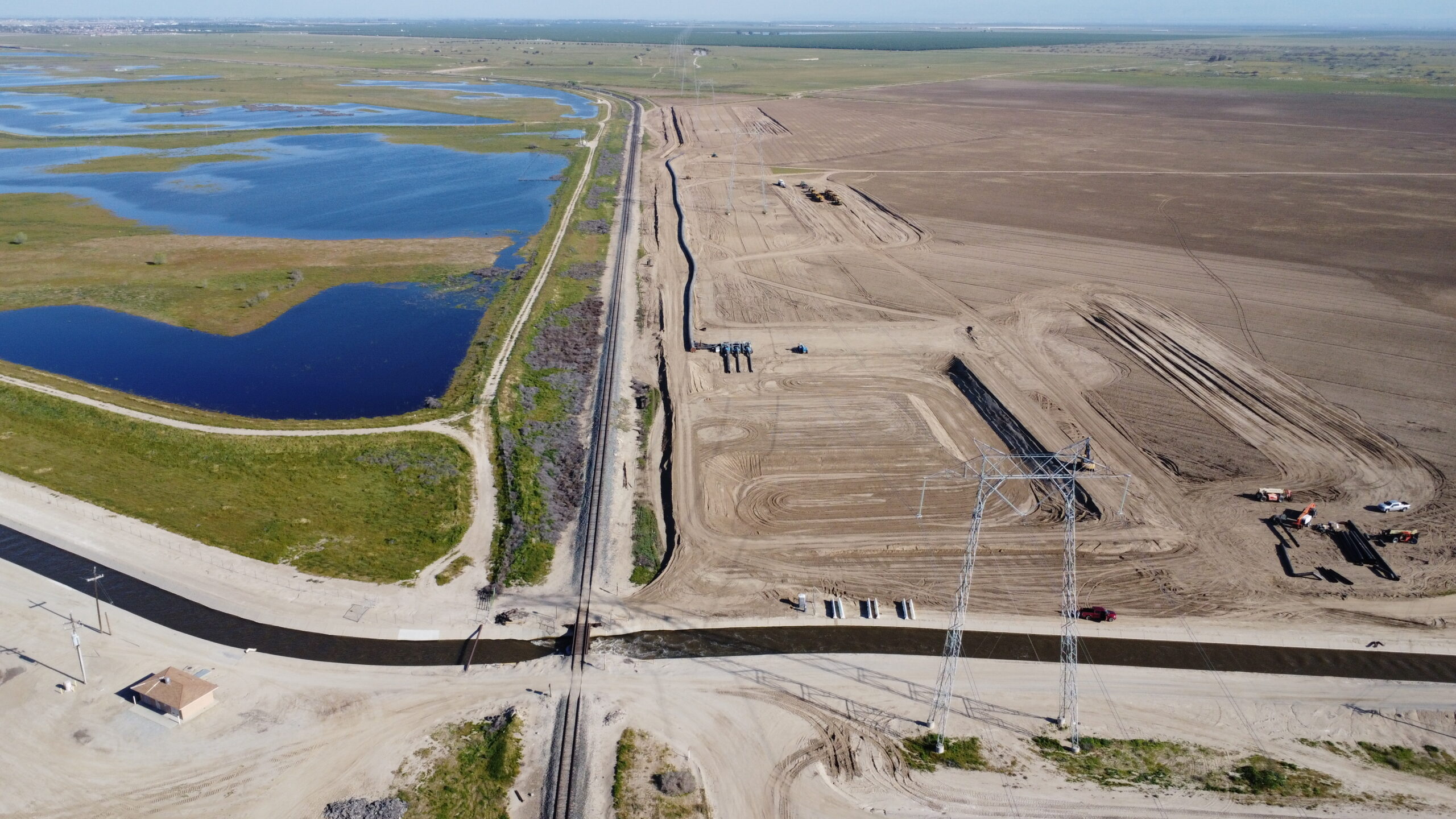

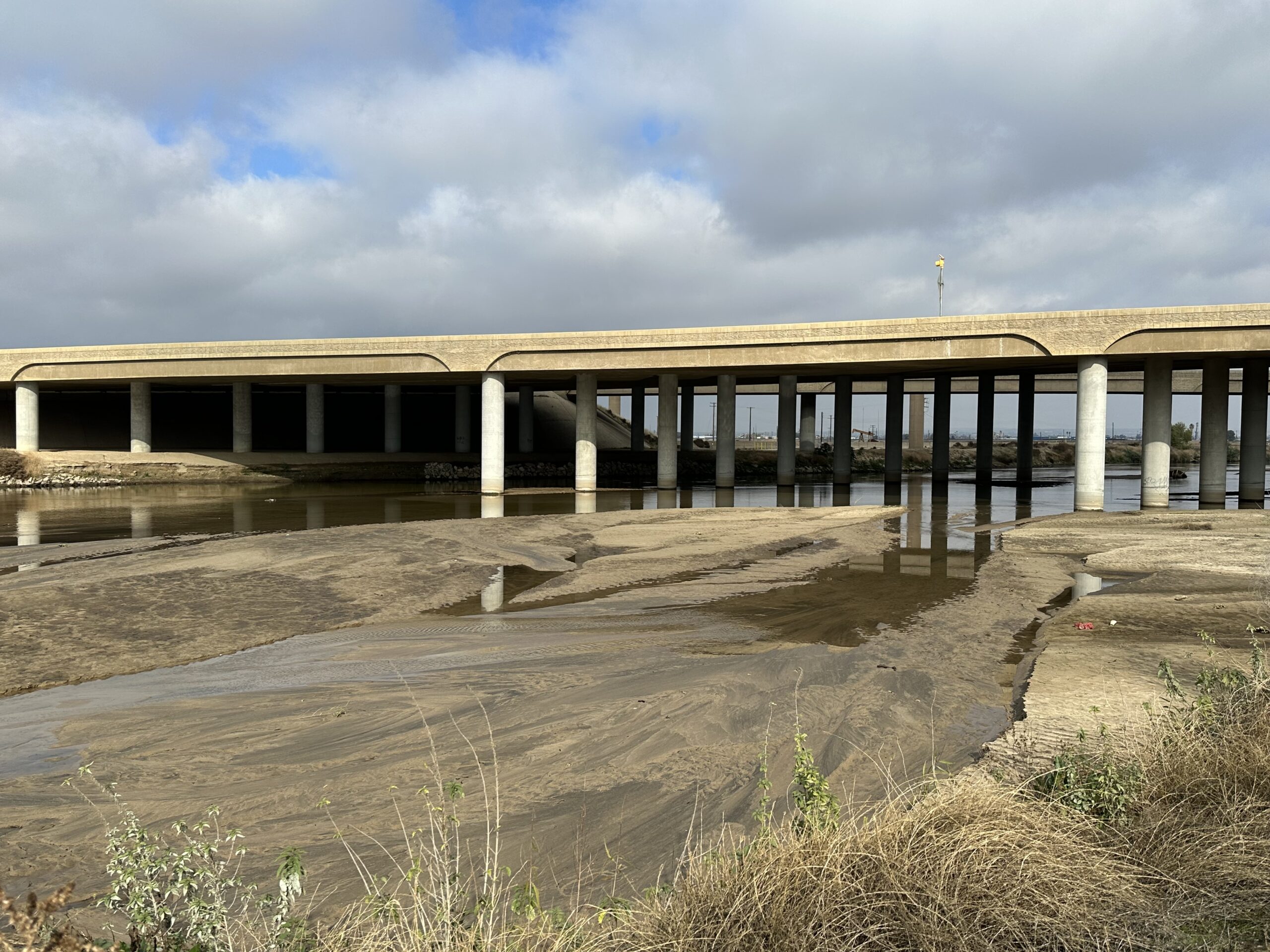
You must be logged in to post a comment.